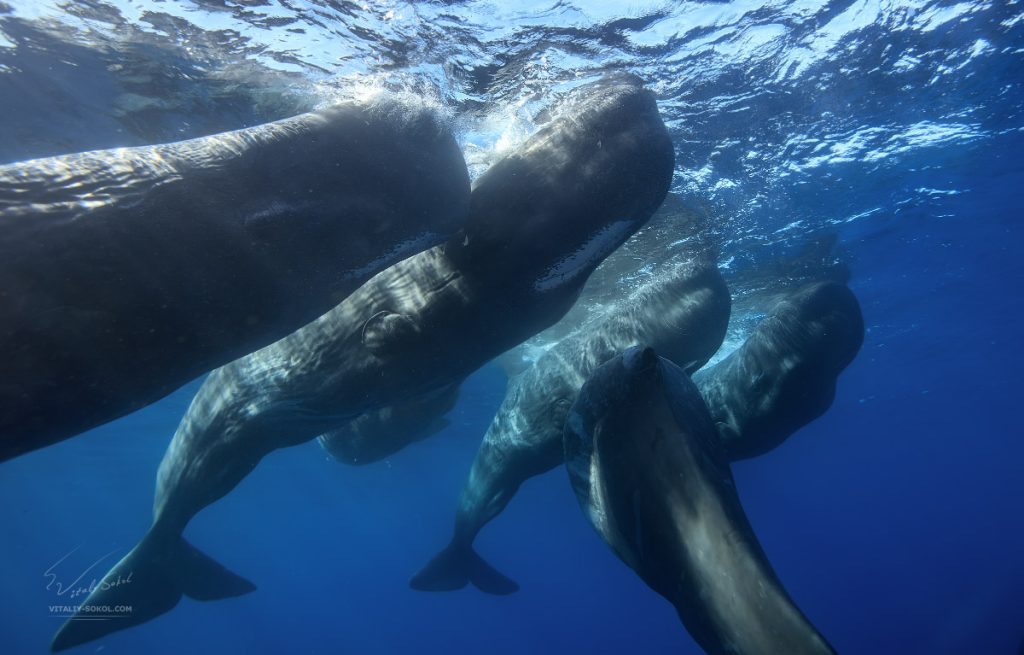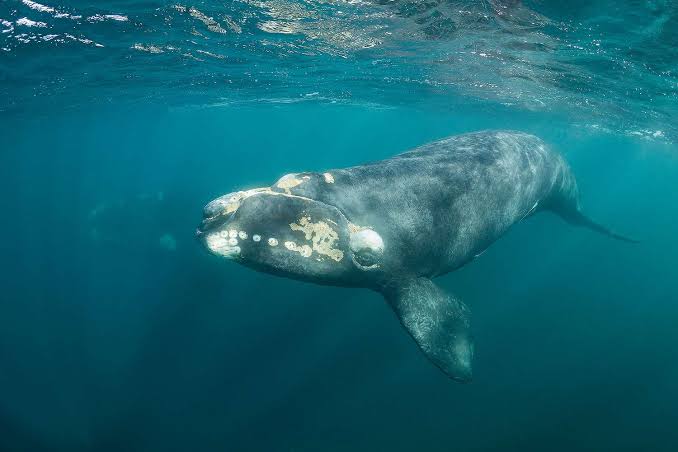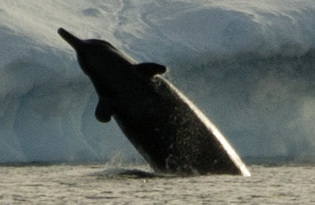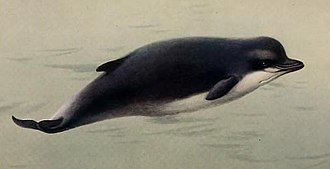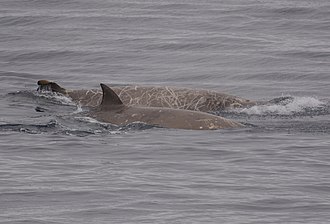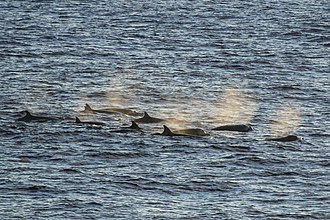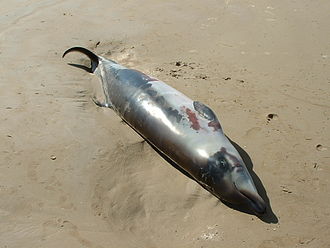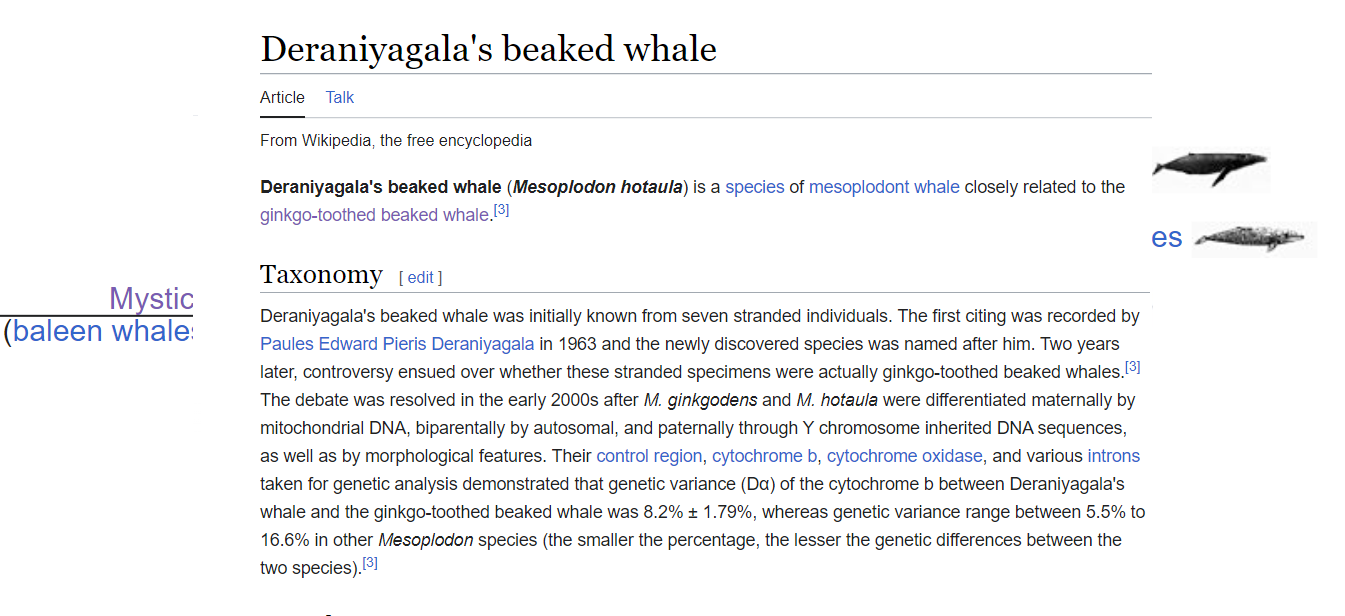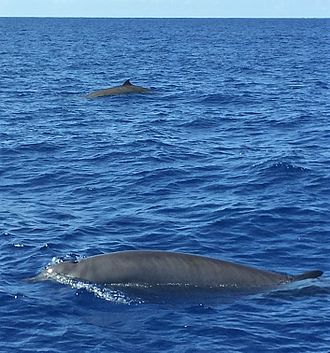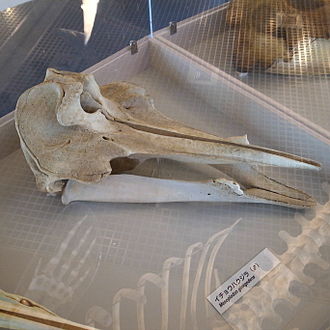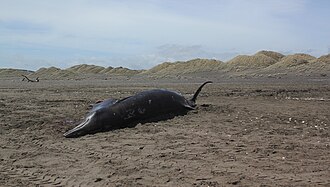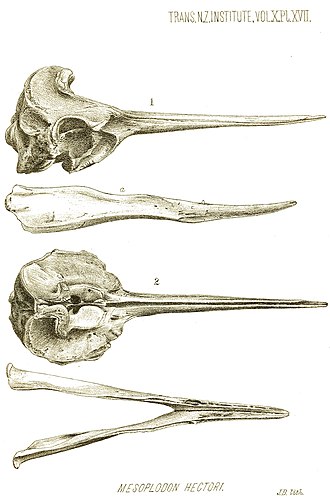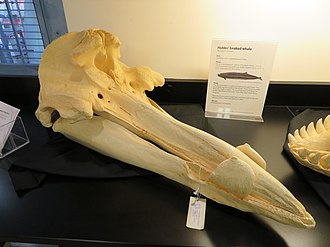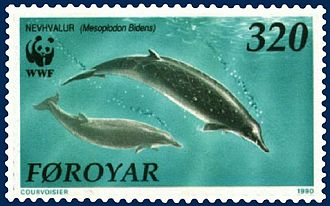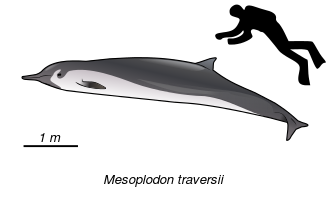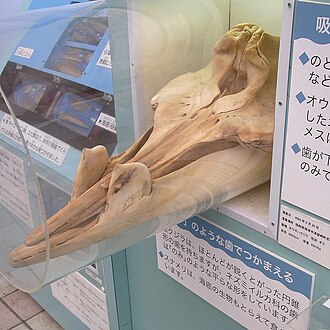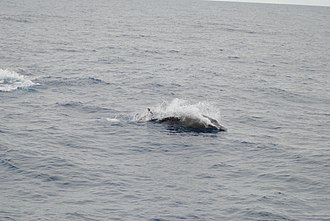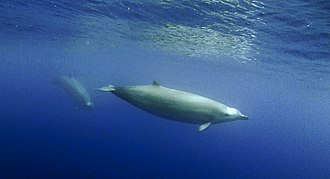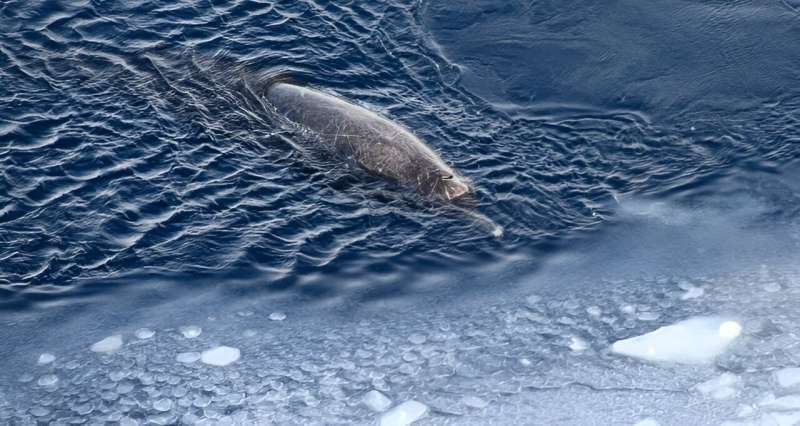
The beaked whale species are a family of rarely seen whales. Despite there being 22 species of beaked whale (which we know about) they are rarely seen, and some have only been described in recent years.
Why are they seen so rarely? because they have a record breaking ability to hold their breath being able to hold it for over an hour (reasonably regularly) and have been recorded in dives lasting over 100 minutes. After sightings of this species, the researchers did a search and analysis of sightings between 1980 and 2000. Just 108 sightings were made, accounting for 1125 individuals.
Continue reading “A rare whale species observed on Antarctic expedition”
